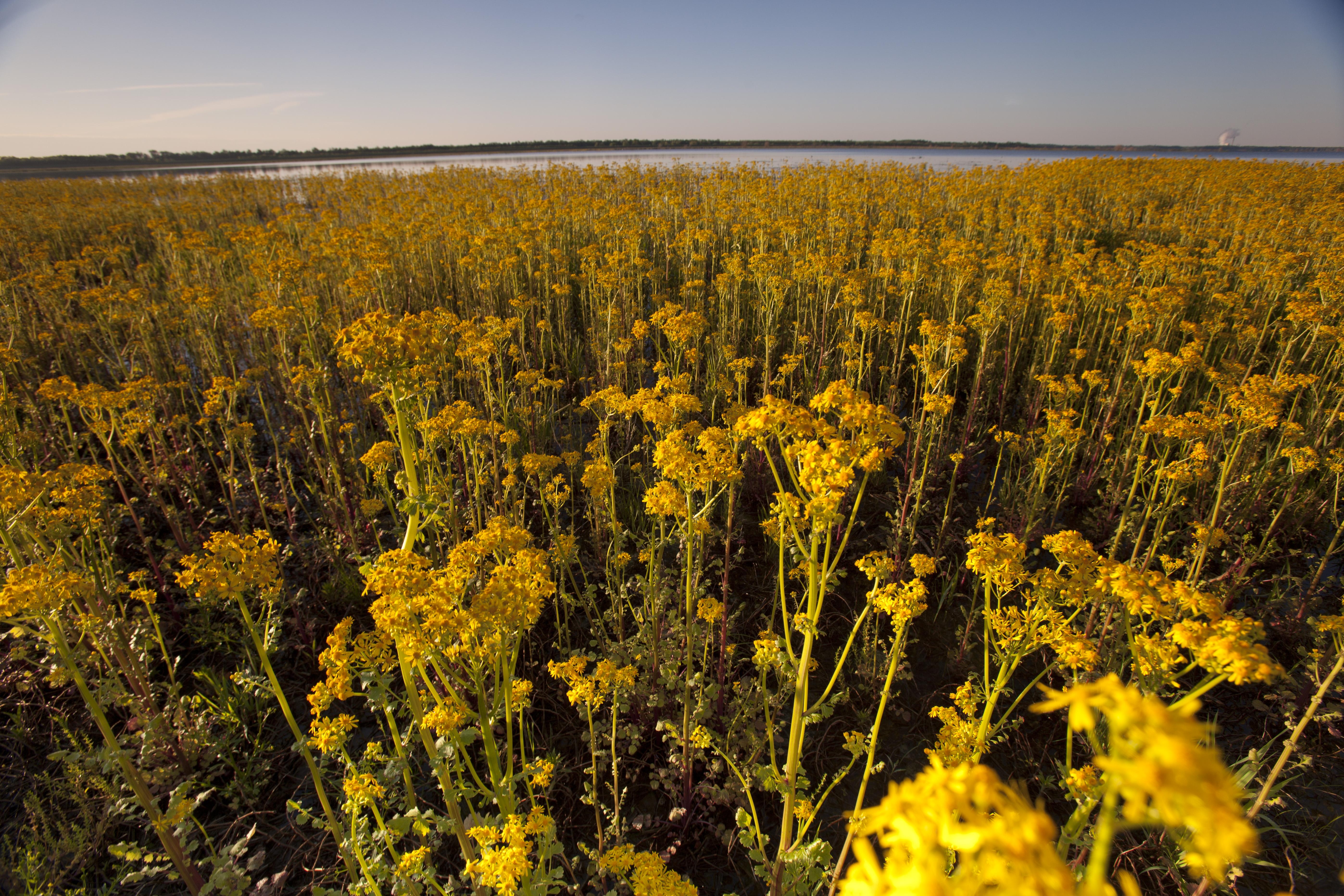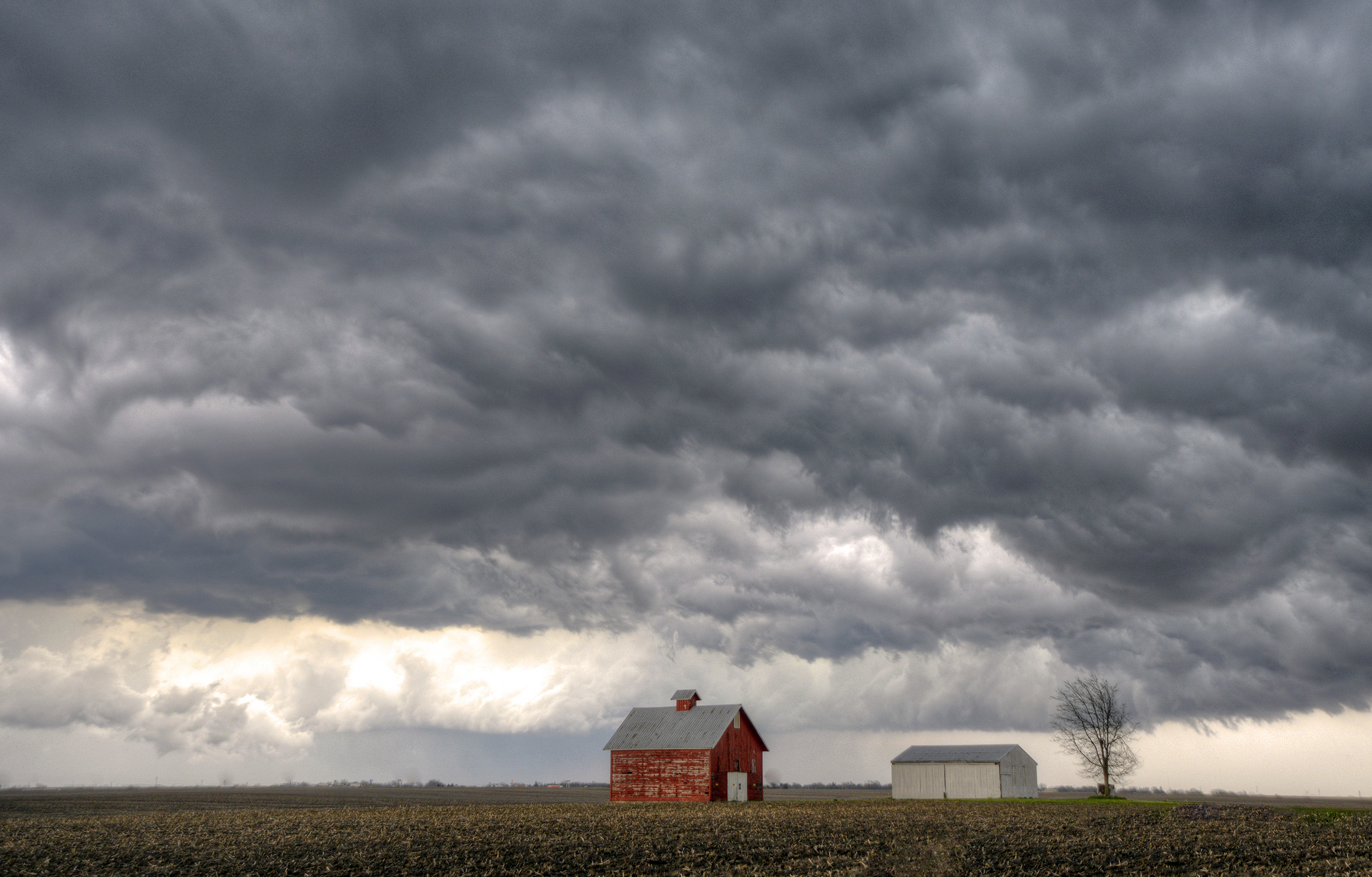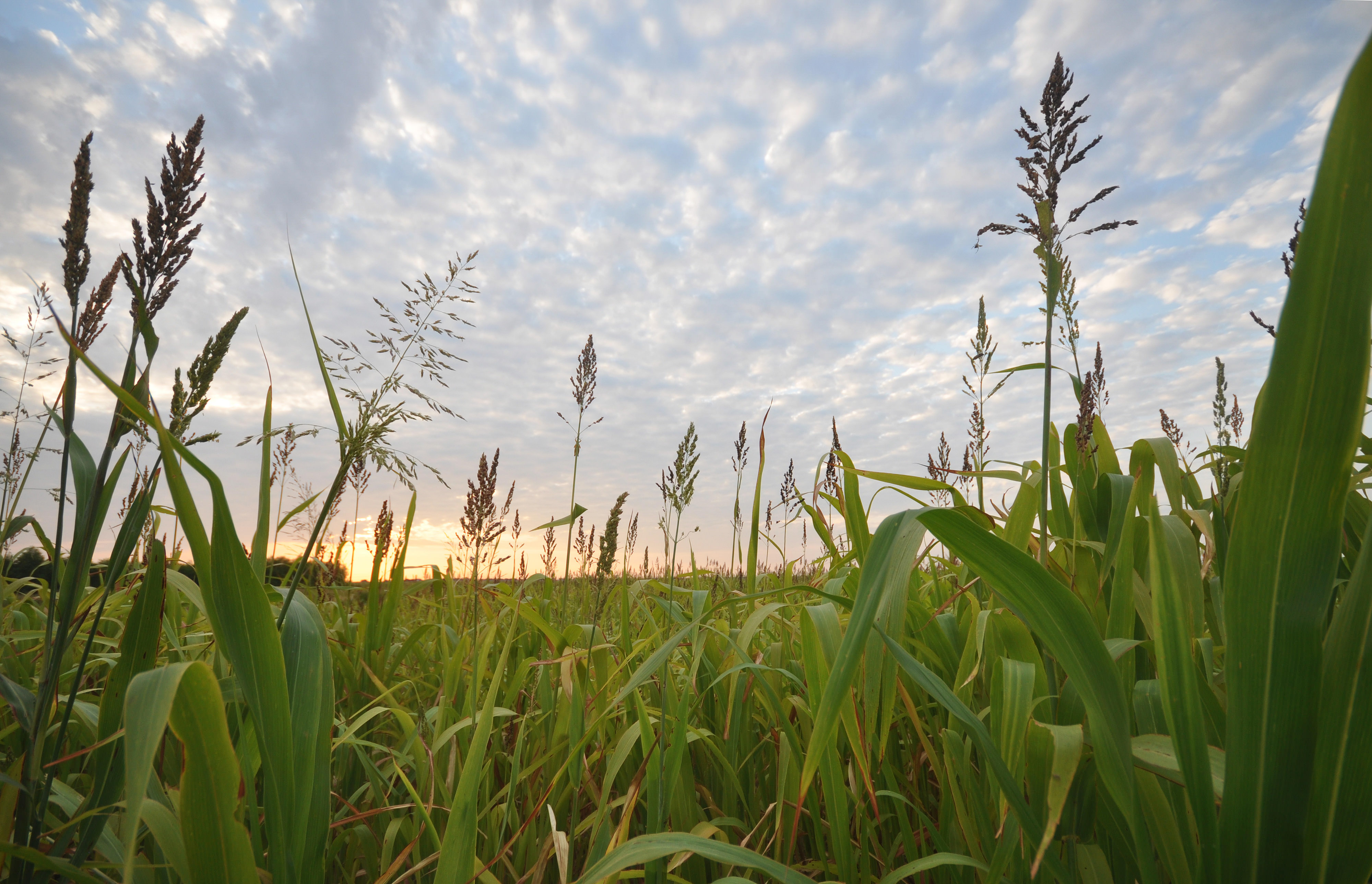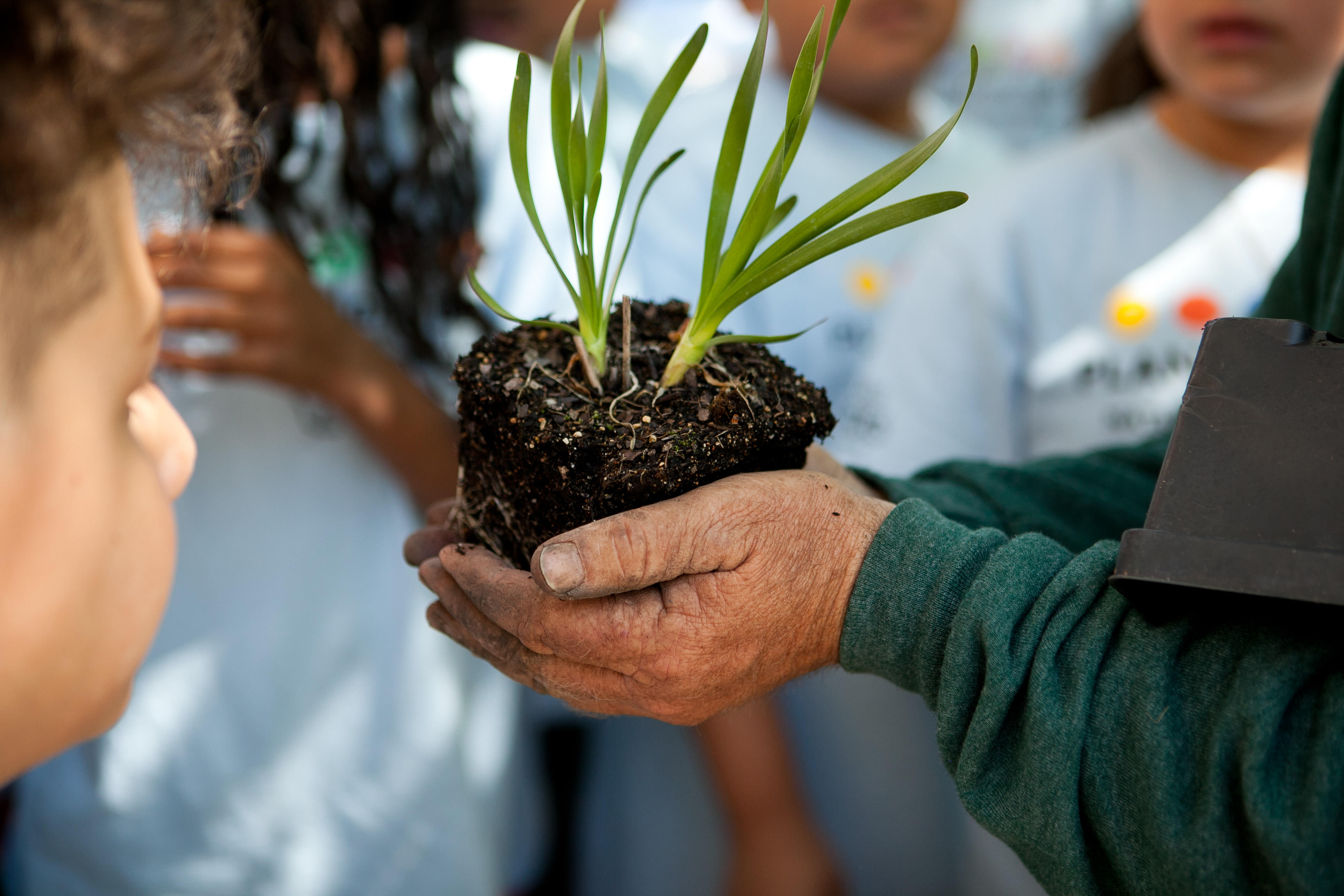Protecting Lands and Waters
Learn about our conservation efforts in the Prairie State.
The world's population is growing fast. As it does, more land is being developed for residential and commercial use or converted for agriculture. This has led to unprecedented habitat loss, degraded water quality and loss of native species. Today in Illinois, only 1% of our precious high-quality natural areas remain, and once-abundant, familiar wildlife species declining at alarming rates. When we lose our natural areas, we also lose the benefits they provide to people, such as clean air and fresh drinking water. We know there is another way forward, and we're working to protect and restore lands and waters across the state for both people and nature.
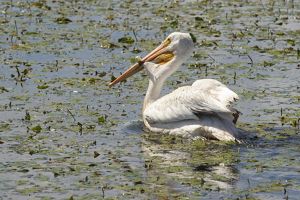
Help Protect Illinois Wetlands
Illinois has lost nearly 90% of its wetlands. As we face a changing climate and increasing extreme weather events, we can’t afford to lose any more.
Tell your legislators to vote “Yes” and co-sponsor SB771, which will protect our wetlands for generations to come.

The Challenges Facing Our Lands and Waters
Located on fertile lands between two of the world's greatest freshwater resources, the Great Lakes and the Mississippi River, Illinois has become a leader in shipping, transportation and agricultural production. However, that prosperity has come at a cost, as our lands and waters have been impacted by development, farming and industry. Today in Illinois, most of the land across the state is privately owned, and the vast majority of our forests, wetlands and prairies have been lost. Not only is the amount of available natural areas relatively small—of all U.S. states, Illinois ranks 49th for the percentage of land in its original state—the remainder of the land is owned by many different stakeholders that may have varied approaches to land management.
Loss of natural areas means loss of habitat for native wildlife, as well as loss of the benefits—carbon sequestration, flood mitigation, water filtration—that our land and waters provide for people. In what was once known as the “Prairie State,” less than one tenth of one percent of our vast prairies remain. Wetlands once covered more than 8 million acres across the state; today, 90% of that habitat has been lost. Illinois’ forests have shrunk from 13.8 million acres to 4.4 million acres.

Help Us Protect Illinois Lands and Waters
Sign up to receive monthly conservation news and updates from Illinois. Get a preview of Illinois’ Nature News email.
The Solution
Can nature and people thrive together? We believe the answer is yes. Our science shows us there is a more sustainable path—powered by a virtuous cycle, in which we take care of nature so that nature can take better care of us. Working at both the local and global levels, The Nature Conservancy in Illinois develops practical, outcome-based solutions that protect the lands and waters on which all life depends. We have:
- 60 years of experience in the region. By working with partners, we've protected more than 80,000 acres in Illinois alone, and we’re building upon our strong history of land protection, science and policy expertise from across our state and country programs to implement our strategies.
- Acted as a leader on myriad conservation initiatives and programs across the state, including the Volunteer Stewardship Network, the Illinois Prescribed Fire Council and the Prairie State Conservation Coalition.
- An expansive network of scientists, staff and partners embedded in the communities where we work, making us uniquely positioned to help solve the planet's greatest environmental challenges.
- Partnerships with local conservation organizations, governments and businesses that allow us to develop effective conservation solutions.
- Opportunities to export and replicate conservation work—from our collaborations with the agricultural community to protect fresh water to our on-the-ground restoration efforts at our nature preserves—around the world.
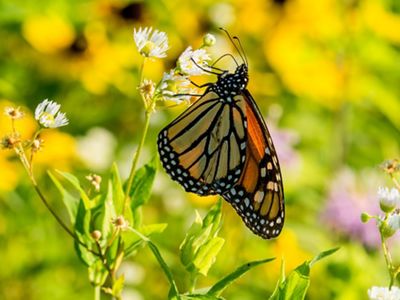
What's Happening in Illinois Right Now?
In late 2019, TNC added 102.2 more acres to Nachusa Grasslands! This addition helps us reconnect more prairie habitat at the preserve and is not far from Franklin Grove State Natural Area.
After removing several structures from the property, TNC's team of staff and volunteers began clearing box elders and mulberry bushes from the property. Additional bush thinning took place throughout the winter, and native seeds are being planted as well. These are just the first steps in a process to nurture the prairie habitat that exists in this area, as well as restore parts of the property that were used for farming.

